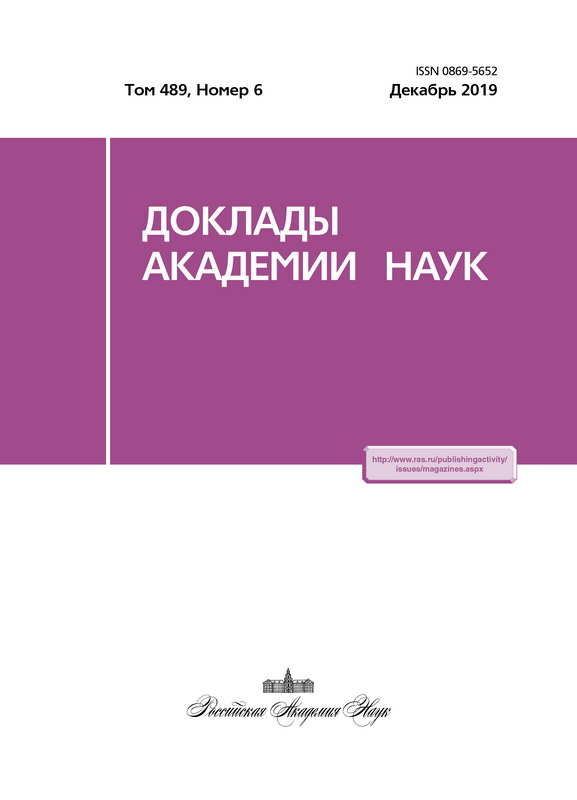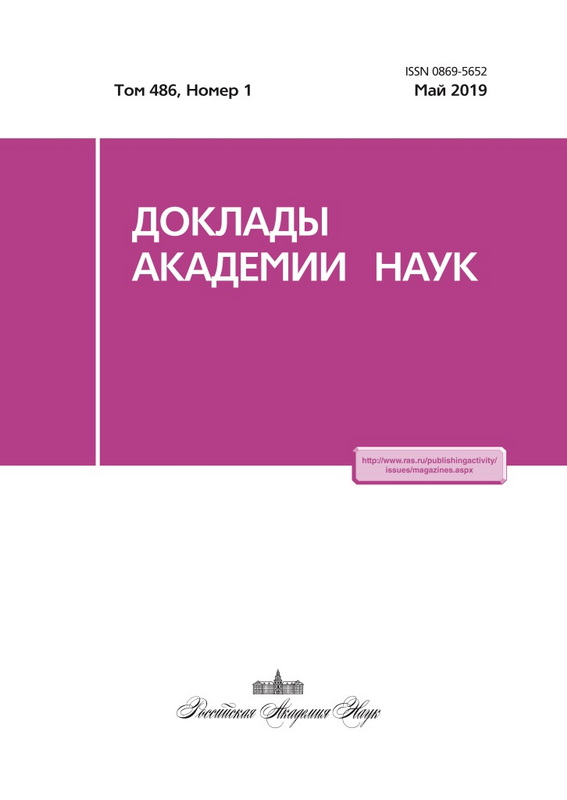Влияние добавки ниобата натрия на спекание и свойства диоксидциркониевой керамики
- Авторы: Смирнов В.В.1, Смирнов С.В.1, Оболкина Т.О.1, Гольдберг М.А.1, Антонова О.С.1, Баринов С.М.1
-
Учреждения:
- Институт металлургии и материаловедения имени А.А. Байкова Российской академии наук
- Выпуск: Том 486, № 1 (2019)
- Страницы: 57-60
- Раздел: Химическая технология
- URL: https://journals.eco-vector.com/0869-5652/article/view/13183
- DOI: https://doi.org/10.31857/S0869-5652486157-60
- ID: 13183
Цитировать
Аннотация
Проведено исследование спекания, микроструктур и фазового состава диоксидциркониевой керамики, содержащей добавку ниобат натрия. Показано, что использование добавки способствует снижению температуры спекания до 1400°С. Полученные материалы характеризуются высоким содержанием тетрагональной фазы, мелкокристаллической структурой и высокой прочностью до 440 МПа при изгибе. Разработанные низкотемпературные материалы могут найти применение в стоматологии в качестве керамических коронок.
Ключевые слова
Об авторах
В. В. Смирнов
Институт металлургии и материаловедения имени А.А. Байкова Российской академии наук
Автор, ответственный за переписку.
Email: smirnov2007@mail.ru
Россия, 119334 ГСП-1, г. Москва, Ленинский пр-т, 49
С. В. Смирнов
Институт металлургии и материаловедения имени А.А. Байкова Российской академии наук
Email: smirnov2007@mail.ru
Россия, 119334 ГСП-1, г. Москва, Ленинский пр-т, 49
Т. О. Оболкина
Институт металлургии и материаловедения имени А.А. Байкова Российской академии наук
Email: smirnov2007@mail.ru
Россия, 119334 ГСП-1, г. Москва, Ленинский пр-т, 49
М. А. Гольдберг
Институт металлургии и материаловедения имени А.А. Байкова Российской академии наук
Email: smirnov2007@mail.ru
Россия, 119334 ГСП-1, г. Москва, Ленинский пр-т, 49
О. С. Антонова
Институт металлургии и материаловедения имени А.А. Байкова Российской академии наук
Email: smirnov2007@mail.ru
Россия, 119334 ГСП-1, г. Москва, Ленинский пр-т, 49
С. М. Баринов
Институт металлургии и материаловедения имени А.А. Байкова Российской академии наук
Email: smirnov2007@mail.ru
Член-корреспондент РАН
Россия, 119334 ГСП-1, г. Москва, Ленинский пр-т, 49Список литературы
- Андрианов Н.Т., Балкевич В.Л., Беляков А.В., Власов А.С. , Гузман И.Я., Лукин Е.С., Мосин Ю.М., Скидан Б.С. Учеб. пособие для вузов. М.: Стройматериалы, 2011. 496 с.
- Hassan A.M., Naga S.M., Awaad M. Toughening and strengthening of Nb2O5 doped zirconia/alumina (ZTA) composites // Int. J. Refractory Metals and Hard Materials. 2015. V. 48. P. 338-345.
- Singh P., et al. Influence of Bi2O3 additive on the Electrical Conductivity Of Calcia Stabilized Zirconia Solid Electrolyte // J. Eur. Ceramic Soc. 2015. V. 35. № . 5. P. 1485-1493.
- Flegler A.J., et al. Cubic yttria stabilized zirconia sintering additive impacts: A comparative study // Ceramics Int. 2014. V. 40. № 10. P. 16 323-16 335.
- Smirnov V.V., Obolkina T.O., Krylov A.I., Smirnov S.V., Gol’dberg M.A., Antonova O.S., Barinov S.M. Agglomeration and Properties of Ceramics Based on Partially Stabilized Zirconium Dioxide Containing Oxides of Aluminum and Iron // Inorganic Materials: Appl. Res. 2018. V. 9. № 1. P. 121-124.
- Смирнов В.В., Смирнов С.В., Крылов А.И., Оболкина Т.О., Антонова О.С., Баринов С.М. Керамические конструкционные материалы с низкой температурой спекания на основе диоксида циркония // Перспективные материалы. 2018. № 5. С. 60-65.
- Irle E., Blachnik R., Gather B. The phase diagrams of Na2O and K2O with Nb2O5 and the ternary system Nb2O5-Na2O-Yb2O3 // Thermochim. acta. 1991. V. 179. Р. 157-169.
- Magunov R.L., Sotulo V.S., Magunov I.R. Phase ratios in ZrO2 (HfO2)-Nb2O5 systems // Zhurnal Neorganicheskoj Khimii. 1993. V. 38. № 2. Р. 363-365.
- Kelly J. R., Denry I. Stabilized zirconia as a structural ceramic: an overview // Dental materials. 2008. V. 24. № 3. Р. 289-298.
Дополнительные файлы







